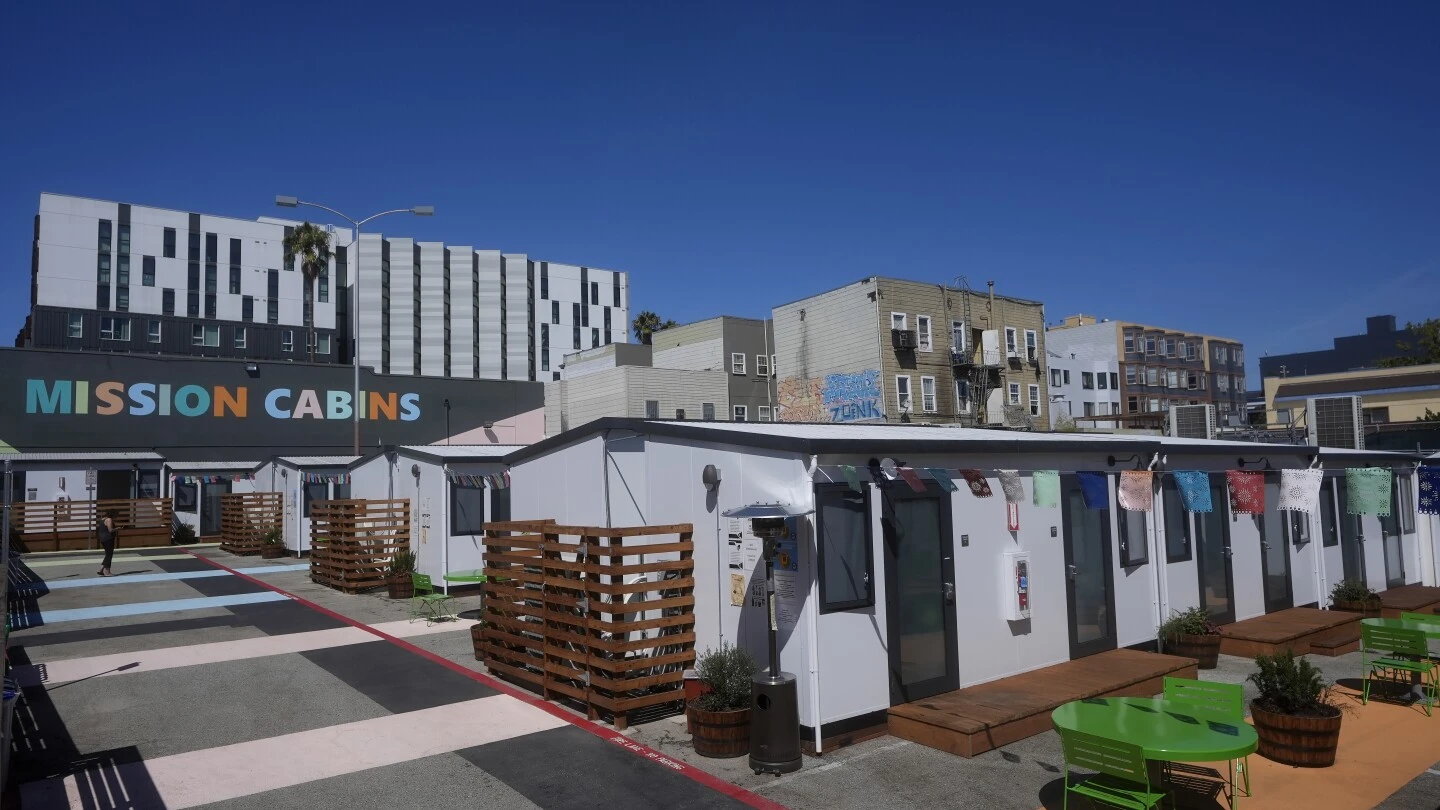The number of people sleeping outdoors dropped to under 3,000 in January, the lowest the city has recorded in a decade, according to a federal count.
And that figure has likely dropped even lower since Mayor London Breed — a Democrat in a difficult reelection fight this November — started ramping up enforcement of anti-camping laws in August following a U.S. Supreme Court decision.
Homelessness in no way has gone away, and in fact grew 7%, to 8,300 in January, according to the same federal count.
But the problem is now notably out of the public eye, raising the question of where people have gone and whether the change marks a turning point in a crisis long associated with San Francisco.



Shelters are not permanent living accommodations. They don’t let you stay in them long-term. On top of that, everything from just basic theft to sexual assault happens in shelters.
Also, if you have a dog, you can’t bring the dog with you. If you’re a woman alone on the streets, having a dog around to protect you is a pretty good idea.
So increasing the number of shelter beds doesn’t do shit. Permanent housing units, fine. But touting shelters is just bullshit.
The article specifically describes the housing options that are single-occupant with doors that lock and accommodation for pets. They are also working on solutions for couples to help keep them together where possible. It’s not ideal, and it’s not a permanent fix, but they interviewed someone that’s staying in the safe, clean, cabins while attending a 2 year college program to get a better paying job.
There is definitely more that the state could be doing as a whole, but they are investing a lot of money into programs and housing with free or heavily subsidized rent to help people get back on their feet. The article specifically mentioned a model where “rent” costs 30% of the resident’s income and the rest is covered by a rental assistance program.